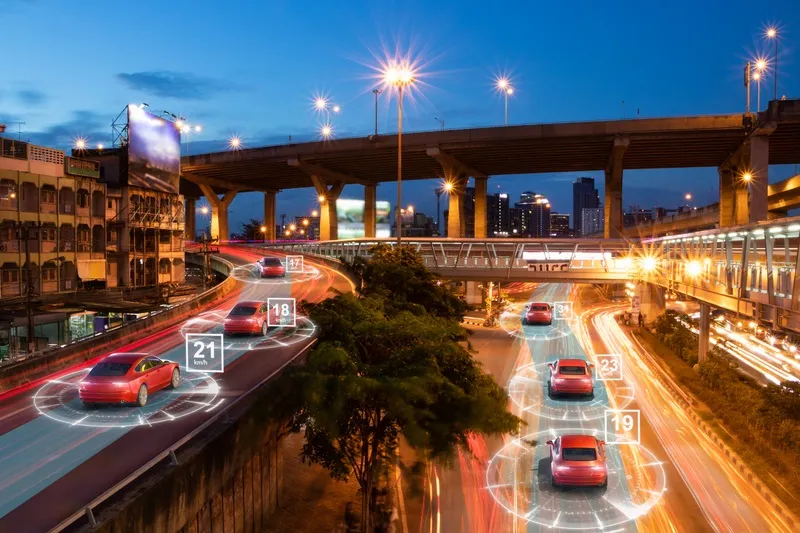Maximising the use of EU funding is needed to reduce disparities in infrastructure development between Central and Eastern Europe and the rest of the EU, MEPs say in a resolution voted in the European Parliament on Tuesday. The focus should be on completing the TEN-T corridors, bridging missing links, removing bottlenecks and improve connections between different modes of transport.
So far most of the transport infrastructure projects planned to be financed by European Fund for Strategic Investments (EFS
October 26, 2016
Read time: 2 mins
Maximising the use of EU funding is needed to reduce disparities in infrastructure development between Central and Eastern Europe and the rest of the EU, MEPs say in a resolution voted in the European Parliament on Tuesday. The focus should be on completing the TEN-T corridors, bridging missing links, removing bottlenecks and improve connections between different modes of transport.
So far most of the transport infrastructure projects planned to be financed by European Fund for Strategic Investments (EFSI) are in Western Europe and use of EU funds has not always been maximised and MEPS stress the need for capacity building and technical assistance and a greater focus on CEE transport infrastructure projects.
They say that joining up the trans-European transport (TEN-T) network, including projects such as Via Carpathia and Rail Baltica, are important for the economic growth of regional centres, and development of cross-border road and rail connections is essential.
Improving connections between different transport modes would help reduce prices for passengers and freight transport and address ecological and social concerns, they believe. Maritime ports and airports best serve economic development of CEE if they are hubs in an integrated multimodal transport system interconnected with rail infrastructure.
In addition to new infrastructure, EU investment should support modernisation of existing road and rail infrastructure and MEPs ask member states also to ensure continuous navigability of inland waterways.
MEPs state that the quality of road infrastructure has a direct impact on road safety and add that road safety and the needs of cyclists should be assessed when constructing and modernising roads.
So far most of the transport infrastructure projects planned to be financed by European Fund for Strategic Investments (EFSI) are in Western Europe and use of EU funds has not always been maximised and MEPS stress the need for capacity building and technical assistance and a greater focus on CEE transport infrastructure projects.
They say that joining up the trans-European transport (TEN-T) network, including projects such as Via Carpathia and Rail Baltica, are important for the economic growth of regional centres, and development of cross-border road and rail connections is essential.
Improving connections between different transport modes would help reduce prices for passengers and freight transport and address ecological and social concerns, they believe. Maritime ports and airports best serve economic development of CEE if they are hubs in an integrated multimodal transport system interconnected with rail infrastructure.
In addition to new infrastructure, EU investment should support modernisation of existing road and rail infrastructure and MEPs ask member states also to ensure continuous navigability of inland waterways.
MEPs state that the quality of road infrastructure has a direct impact on road safety and add that road safety and the needs of cyclists should be assessed when constructing and modernising roads.








